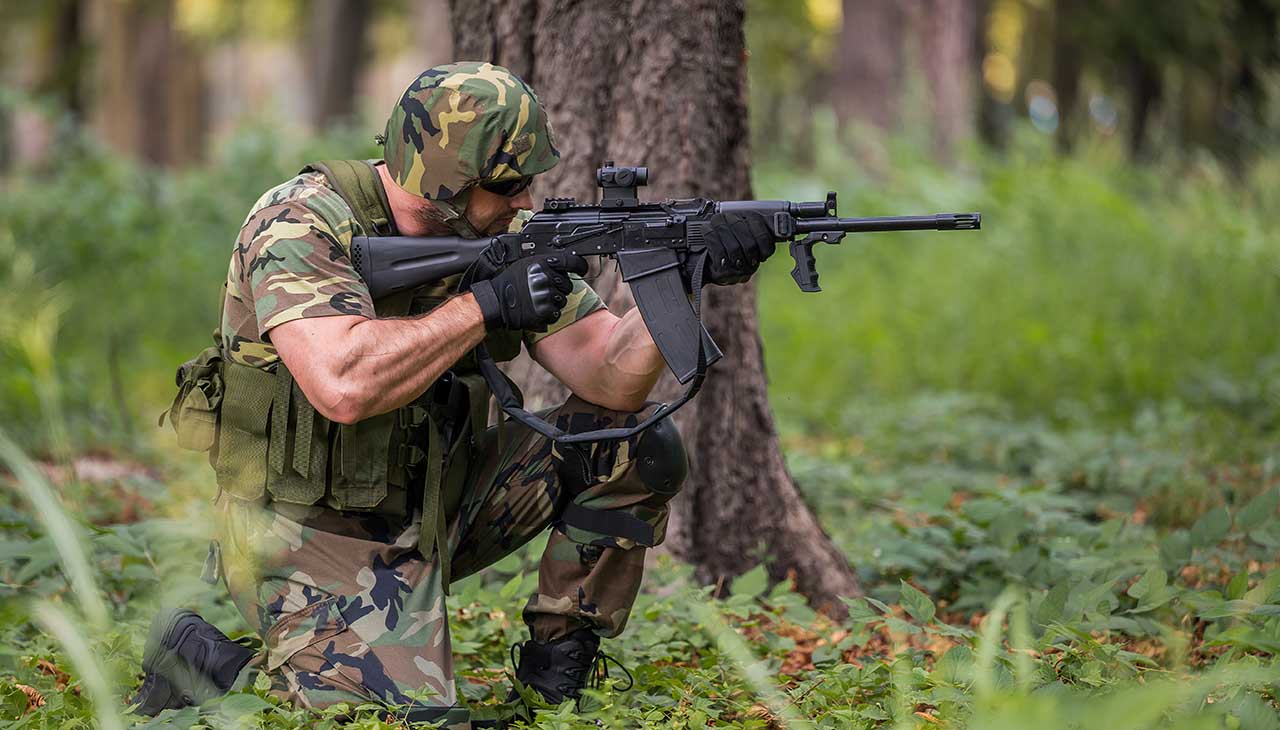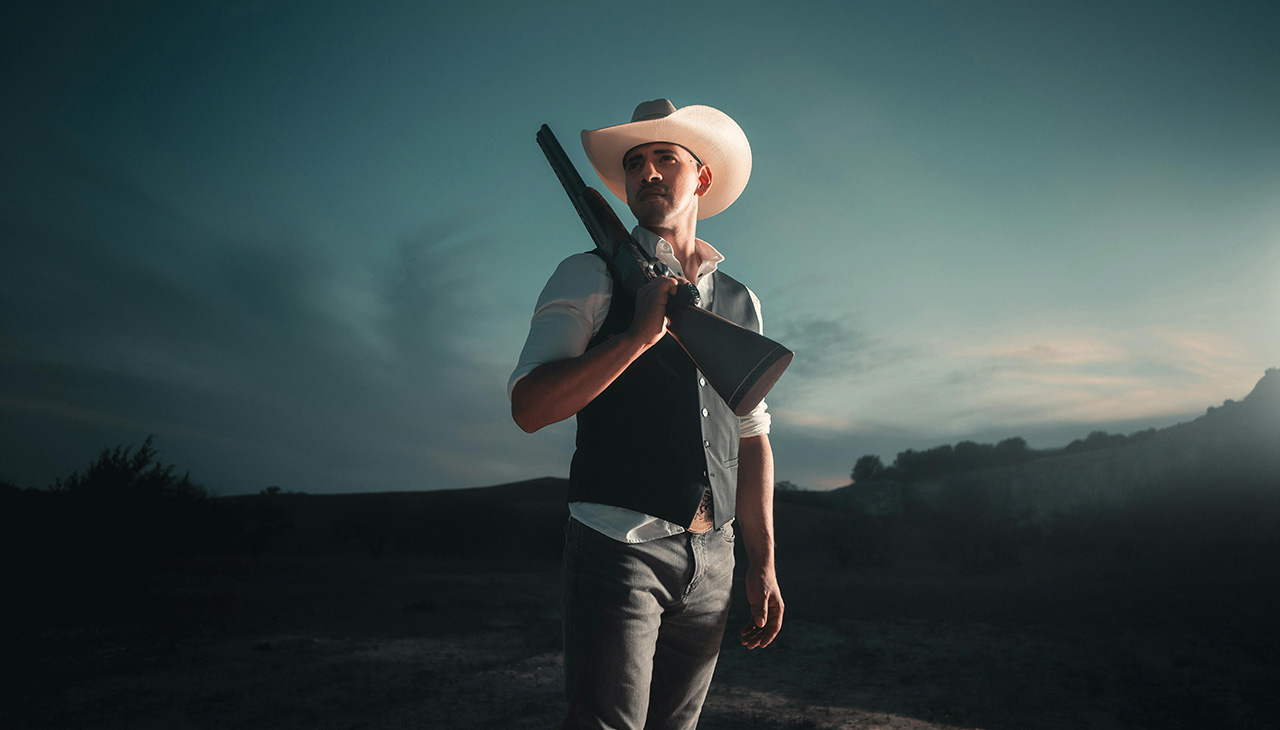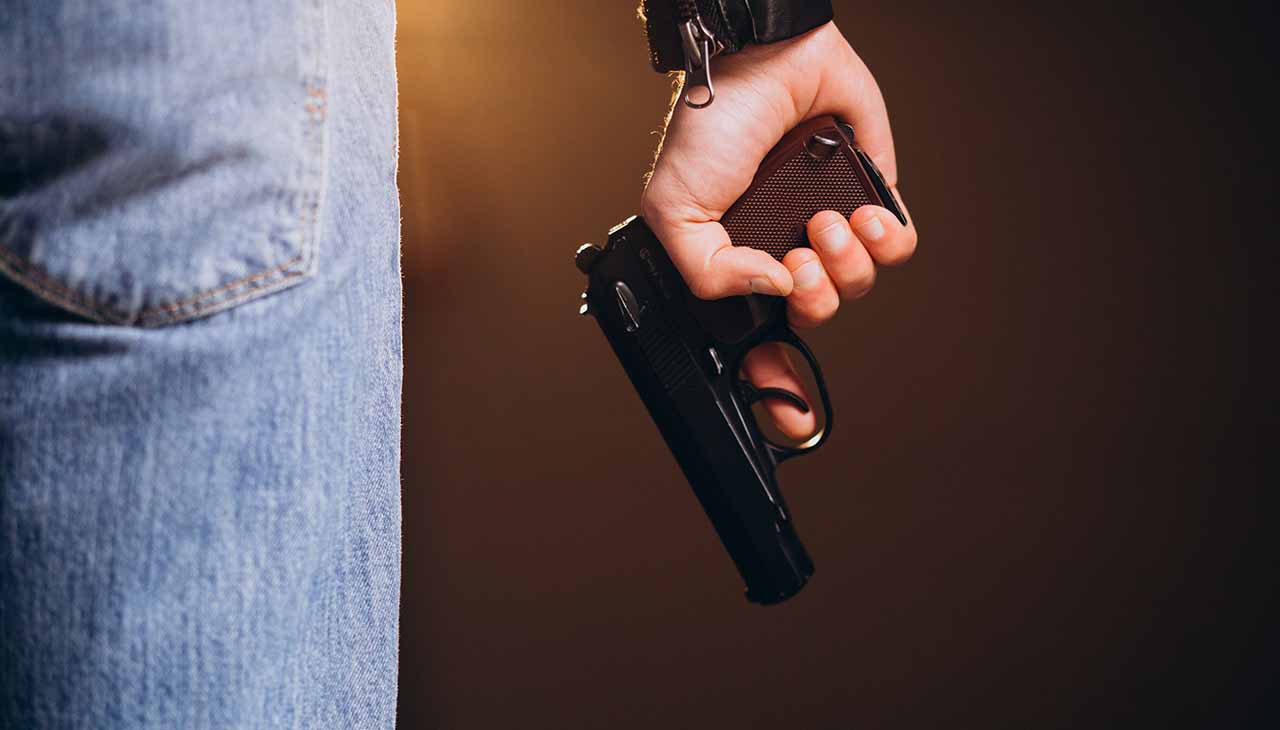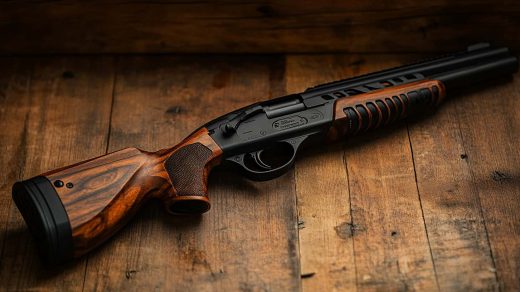The history of firearms is a testament to human ingenuity and technological advancement. From the rudimentary flintlock pistols of the 17th century to the precision-engineered firearms of today, this evolution reflects not only changes in warfare and hunting but also significant societal shifts. This journey provides a fascinating lens through which to view the interplay between technology, strategy, and history. As we explore the transitions from flintlock to percussion cap, and then to cartridge ammunition, we’ll uncover the innovations that have revolutionized firearm design and functionality, forever altering the landscape of combat and sport.
Early Firearms
Flintlock Firearms: Origins and Functioning
Flintlock firearms marked a significant innovation in the early history of gun technology. Originating in the early 17th century, these weapons were a pivotal upgrade from their predecessors. The flintlock mechanism worked by striking a piece of flint against a steel plate, producing a spark that ignited the gunpowder. This method was far more reliable than the earlier mechanisms, allowing for quicker firing and better efficiency in wet weather. Flintlocks were widely used in military, naval, and civilian contexts, becoming the dominant form of firearm for over two centuries.
Matchlock and Wheellock Firearms: Advancements in Technology
Before the widespread adoption of flintlock firearms, matchlock and wheellock technologies represented important steps forward. The matchlock, appearing in the 15th century, used a slow-burning wick to ignite the gunpowder. This innovation allowed soldiers to keep both hands on their weapon, significantly improving aim and stability. The wheellock, developed later, utilized a mechanically wound spring and a spinning wheel to create sparks. Although more reliable than the matchlock, the complexity and cost of wheellock firearms limited their use primarily to wealthier individuals and military officers. Together, these advancements set the stage for the revolutionary design of flintlock firearms, showcasing the incremental innovations that characterize firearm evolution.
Revolutionary Changes
Percussion Cap Firearms: The Transition from Flintlocks
The advent of percussion cap firearms in the early 19th century marked the next significant leap forward in firearm technology. Moving away from the flint-and-steel ignition mechanisms of flintlock firearms, percussion caps offered a more reliable and weatherproof method of igniting gunpowder. This new system worked by striking a small copper cap filled with percussion powder, ensuring a quicker and more dependable ignition. This transition not only simplified the firing process but also enhanced the safety and effectiveness of firearms. The change paved the way for more rapid advancements in gun design, setting the foundation for the modern firearms that we are familiar with today.
Rifling and Accuracy Improvements
Around the same time, another crucial development was taking place within the barrels of firearms—rifling. Rifling involves carving helical grooves into the bore of a gun barrel, which imparts a spin to the projectile as it’s fired. This spin stabilizes the bullet, greatly improving its accuracy over longer distances. Previously, firearms were significantly less accurate due to the lack of spin, making rifling an innovation that dramatically changed the landscape of both military and hunting firearms. Together with the introduction of the percussion cap, rifling represented a monumental step in the evolution of firearms, significantly enhancing their performance and reliability.
Industrial Revolution Impact
The introduction of breech-loading firearms during the 19th century represented yet another pivotal moment in the evolution of gun technology. Unlike their muzzle-loading predecessors, breech-loading firearms allowed for ammunition to be loaded directly into the breech, the rear section of the barrel, which significantly sped up the reloading process. This innovation not only increased the rate of fire but also made firearms safer and more convenient to use in various conditions, including while mounted on horseback or in the confines of trench warfare.
Lever-Action and Bolt-Action Rifles
Among the most notable advancements in breech-loading firearms were lever-action and bolt-action rifles. Lever-action rifles, popularized by the Winchester rifles of the late 19th century, utilized a lever to eject spent cartridges and chamber fresh rounds with a single, swift movement. This mechanism allowed for rapid firing and was particularly favored in the American frontier for its reliability and speed.
Equally impactful, bolt-action rifles introduced a bolt mechanism to manually load and eject cartridges from the firearm’s breech. Known for their precision and durability, bolt-action rifles became a staple of military forces worldwide. The German Mauser and the British Lee-Enfield rifles are iconic examples, both of which boasted superior accuracy, range, and reliability. The introduction of bolt-action rifles marked a significant leap in firearm technology, setting new standards for performance and influencing military tactics and engagements across the globe.
Modern Firearms
Semi-automatic and Automatic Firearms: Evolution of Fire Rate
The advent of semi-automatic and automatic firearms represented a revolutionary shift in gun technology and combat strategy. Semi-automatic firearms, capable of firing a single round with each pull of the trigger without manual reloading, drastically increased the fire rate compared to bolt-action or lever-action rifles. Meanwhile, automatic firearms, able to fire continuously as long as the trigger is held down, escalated the intensity and speed of engagements on the battlefield. The introduction of these technologies in the late 19th and early 20th centuries, exemplified by the Maxim gun—the world’s first fully automatic machine gun—marked a pivotal moment in military history, changing the dynamics of warfare and necessitating new tactical considerations.
Firearms in Contemporary Society
In contemporary society, firearms continue to play multifaceted roles, their significance extending beyond purely military applications into areas of law enforcement, sport, and personal security. The evolution of firearm technology has also stirred significant debate around regulations, ethics, and the balance between individual rights and public safety. Today’s firearms, built on the technological advancements of their predecessors, embody the culmination of centuries of innovation and adaptability. Yet, as their power and capability have grown, so too has the complexity of the societal, legal, and ethical frameworks that govern their use. The ongoing discourse surrounding gun control, self-defense laws, and the cultural significance of firearms in various societies underscores the intricate relationship between people and this influential technology.





